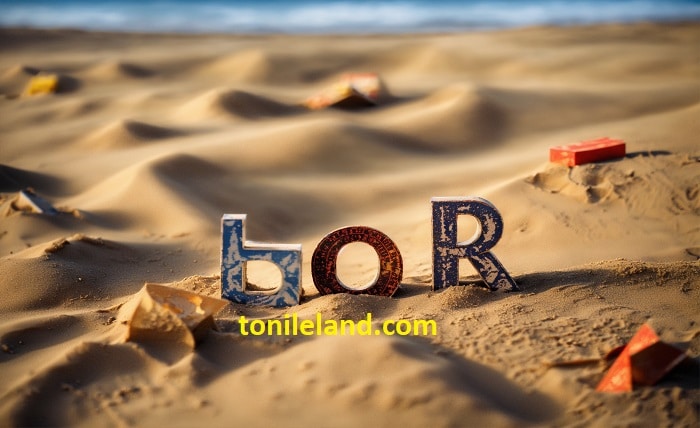Danke Schön! Mastering the Art of Thank You in German

Saying “thank you” is a universal gesture of appreciation, and doing it authentically in another language can deepen connections and leave a lasting impression. In German, the world of gratitude goes beyond a simple “danke.” Buckle up, language learners, as we delve into the diverse ways to express “thank you so much” in German, from casual to formal and everything in between!
1. The Classics: Danke, Danke Schön, and Vielen Dank
Let’s start with the basics. “Danke” is the most straightforward “thank you,” suitable for everyday situations. “Danke schön” adds a touch of politeness, translating to “thank you kindly.” For a stronger emphasis, “Vielen Dank” means “many thanks.” These are safe bets you can use in most situations.
2. Going Informal: Tausend Dank, Danke Sehr, and Danke Vielmals
Want to express greater enthusiasm? “Tausend Dank” literally translates to “thousand thanks,” similar to our “thanks a million.” “Danke sehr” and “danke vielmals” both convey “thank you very much” in a friendly and informal way. Use these with close friends or family.
3. Showcasing Appreciation: Ich bin Ihnen/dir dankbar and Herzlichen Dank
For heartfelt gratitude, delve deeper. “Ich bin Ihnen/dir dankbar” translates to “I am grateful to you,” expressing more emotional depth. “Herzlichen Dank” means “heartfelt thanks,” perfect for showing sincere appreciation after receiving a meaningful gift or favor.
4. Tailoring Your Thanks: Danke für… and Ich möchte mich bedanken
Sometimes, specifying what you’re grateful for adds a personal touch. “Danke für…” expresses thanks for something specific, like “Danke für das Geschenk” (thank you for the gift). “Ich möchte mich bedanken” means “I would like to thank you,” ideal for formal situations or written expressions of gratitude.
5. Beyond Words: Gestures and Nuances
Remember, nonverbal cues matter! A genuine smile, a nod, or even a handshake can amplify your verbal “danke.” In formal settings, a slight bow might be appropriate. Pay attention to cultural norms and adapt your expression accordingly.
6. Practice Makes Perfect: Embrace the Joy of Gratitude
Saying “thank you” in German should be fun! Don’t be afraid to experiment with different phrases and observe how native speakers express gratitude. Remember, the most important thing is to convey your genuine appreciation.
Conclusion
With this toolkit of “danke” variations, you’re well-equipped to navigate the nuances of German gratitude. So, the next time you encounter someone deserving of your thanks, don’t just say “danke.” Choose the expression that best reflects your appreciation and forge meaningful connections through the wonderful world of German gratitude.
FAQ
- Q: Are there any regional variations in how to say “thank you”?
A: Yes! While the phrases mentioned above are widely understood, some regions might have their own nuances. Consider asking locals for guidance if you’re unsure.
- Q: When is it appropriate to use a formal “danke”?
A: Generally, it’s better to err on the side of formality, especially with strangers or those in positions of authority. You can always switch to a more informal tone later if the situation feels friendly.
- Q: What about saying “thank you” in writing?
A: In formal letters or emails, “Sehr geehrte/r…” followed by “Herzlichen Dank” is suitable. For friends or family, a casual “Danke schön” or “Vielen Dank” works well.
- Q: Any tips for remembering these phrases?
A: Practice saying them aloud, write them down on flashcards, or use language learning apps that focus on everyday expressions.




